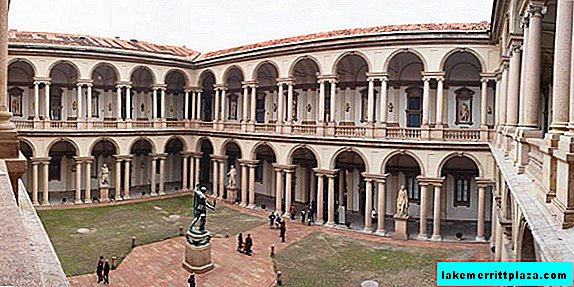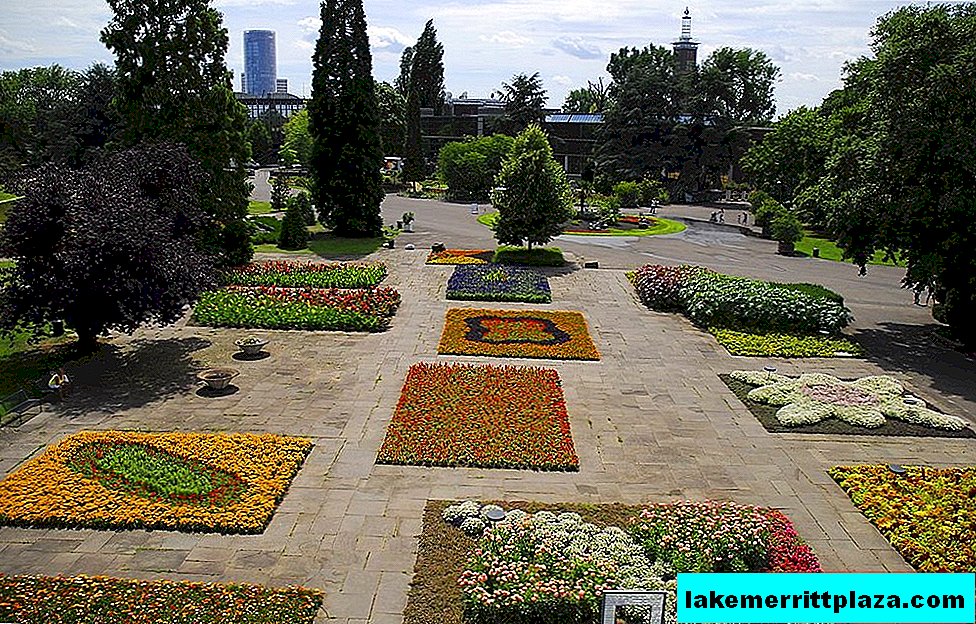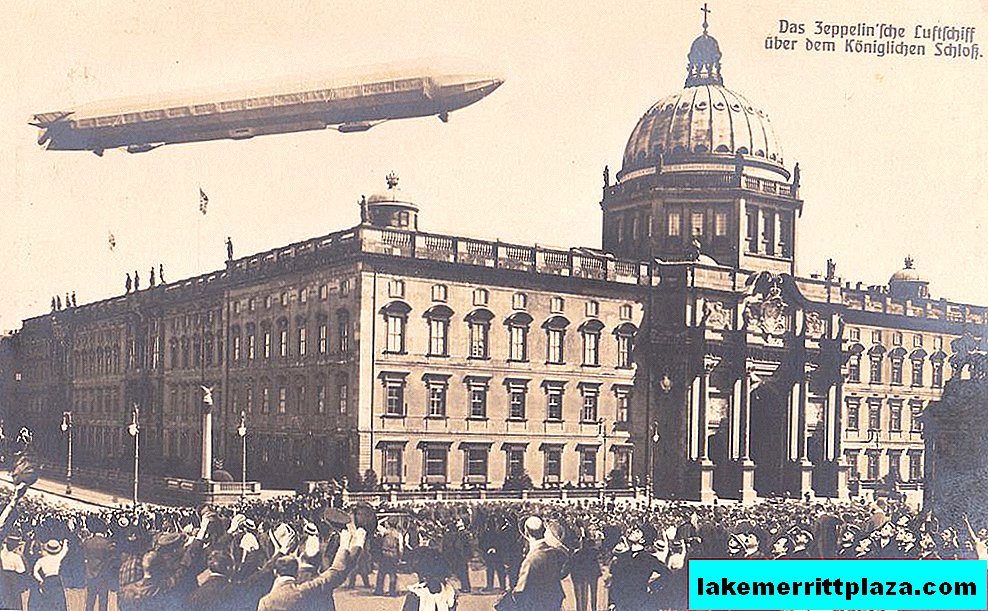In the "Museum of Man" is worth going to look inside yourself. "Adventure is a man," is the name of the main exposition. Most exhibits can be touched and twisted.

German Hygiene Museum (Deutsches Hygiene-Museum), photo dave-patten
Another interesting place that is simply impossible to ignore is the German Hygiene Museum (Deutsches Hygiene-Museum) or the Museum of Man, which is located east of the Dresden Town Hall, outside the territory that once belonged to the Robotron factories.
Museum Creation
The idea of creating a museum came to its founder Karl August Lingner, the industrialist and inventor of mouthwash "Odol", after the International Hygiene Exhibition, held in 1911 in Dresden. The museum was conceived as a place for the promotion of hygiene and health education. In 1930, a new, modern building was erected for him and the museum moved to the city center.

Life-size glass human figure, photo by Sebastian Niedlich
One of the first exhibits and, perhaps, the most famous, was a glass human figure made in full size. For the first time, the general public was able to visually see the structure of the human body in such an understandable and accessible way. In addition to a transparent shell that allows you to see the structure of the body, the model turns on the illumination of internal organs - clearly and beautifully. Copies of the Dresden glass man were sent to all similar museums in the world.
Exposition

What is it - the eye, photo Cornelli2010
You should go to the museum to look inside yourself. “Adventure is a human being” is the name of the main exposition, which consists of various glass figures, models of the human body, wax figures and body parts. The main exhibitions of the museum include expositions: “Remember. Think. Learn”, “Movement”, “Live and Die”, “Sexuality”, “Eat and Drink”. Most museum exhibits can be touched and twisted.
How to get there
Take tram 10, 13 to the Großer Garten stop.








